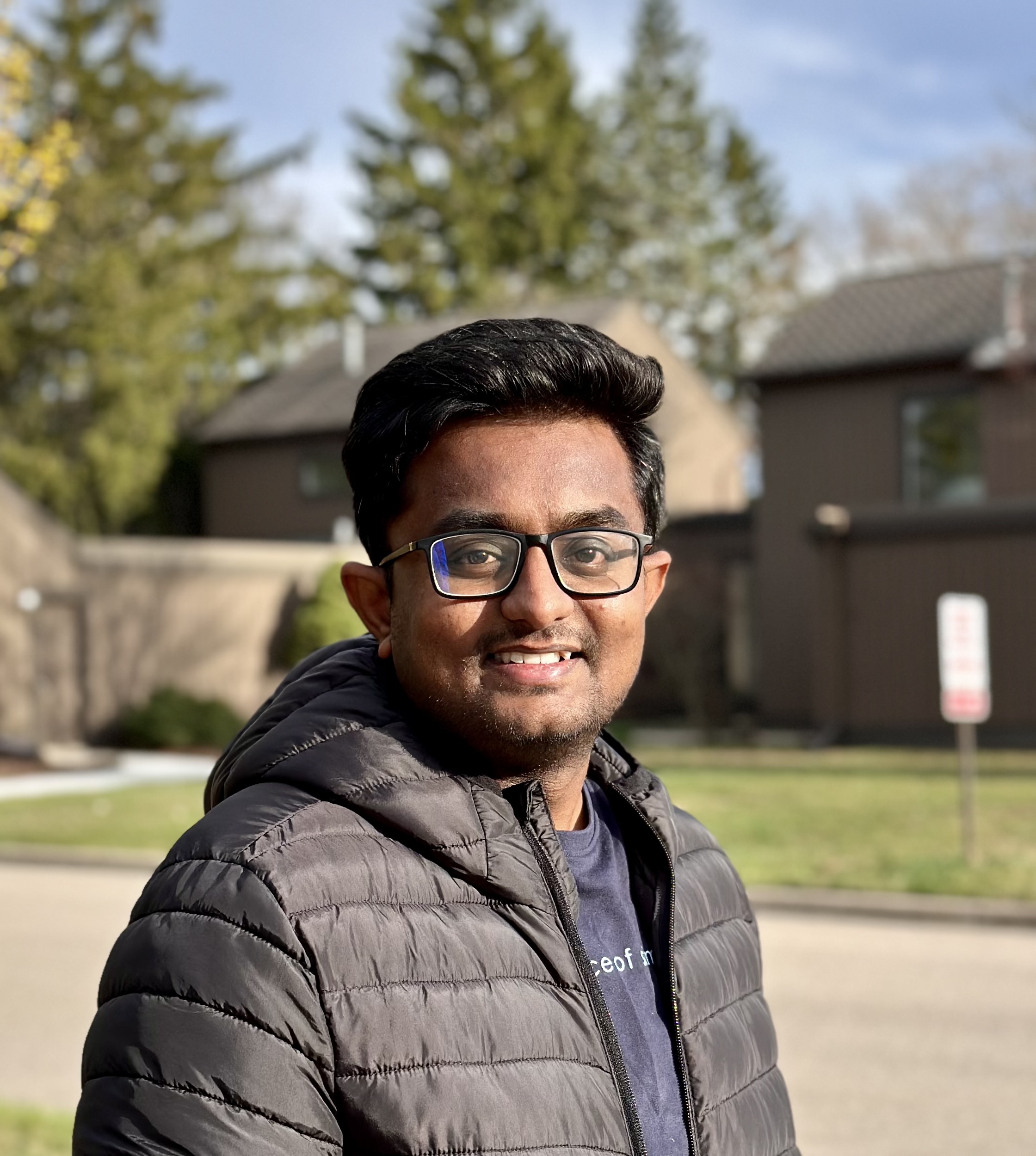Spatial and Temporal Variability of Semidiurnal Internal Tide Energetics in the Western Bay of Bengal
Published:
Abstract:
The three-dimensional Massachusetts Institute of Technology general circulation model (MITgcm) with time-dependent forcing is implemented to investigate the spatial and temporal variability of internal tides over the eastern coast of India. Numerical simulations are conducted for a number of different months of the year for which in situ observations are available at high temporal resolution. During the months of November–December and March–April, peak spectral estimates of density variability are evident in the semidiurnal frequency band in both observations and simulations, while during August, variability is dominantly in the near-inertial frequency band. Empirical orthogonal functions (EOF) analysis is applied to decompose the baroclinic tidal currents into vertical modes. The results show that about 70–80% of the total variance is in the first mode, while the first three modes represent 90–95% of the total variance in all seasons. Internal tide characteristics such as phase speed, group speed, and wavelength are largest in the postmonsoon season. The magnitude of the computed energy flux is greatest during November, while the direction of propagation of internal tides is almost unchanged through the year. The available potential energy peaks in November (20 $kJ m^{−2}$) and is smallest in August (14 $kJ m^{−2}$). Calculation of the energy budget shows that the energy conversion rate from barotropic forcing to internal tides is about 85% in November but only about 46% in August.
